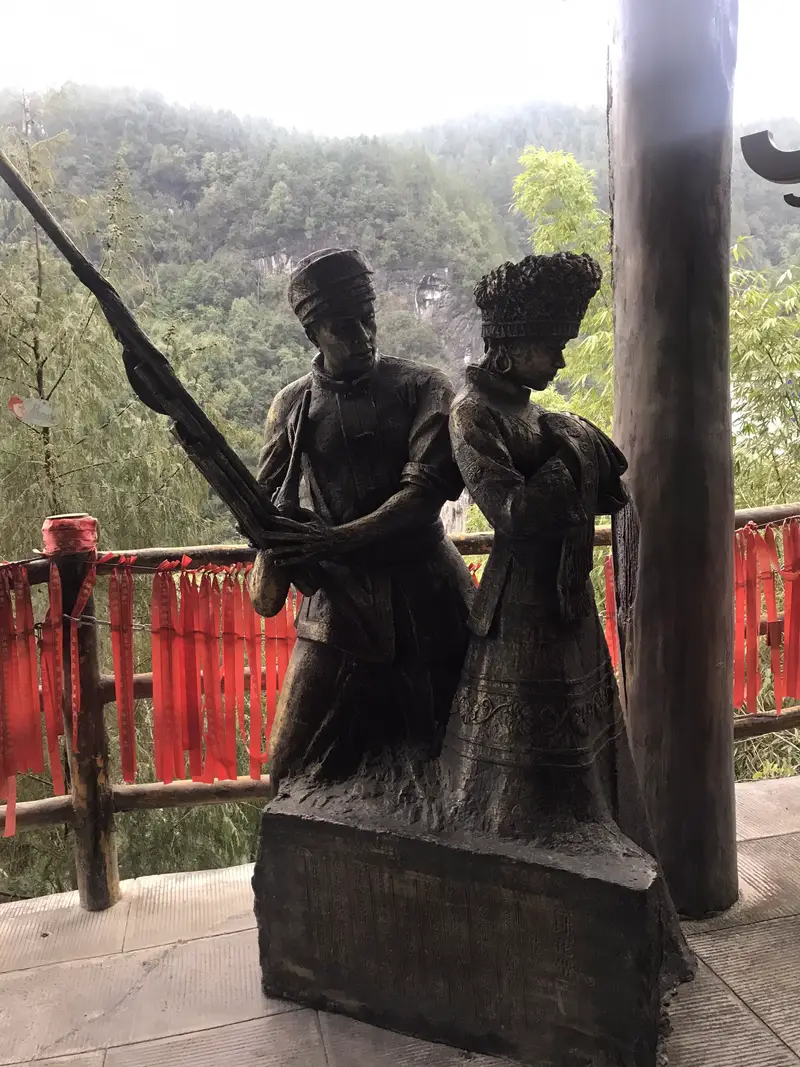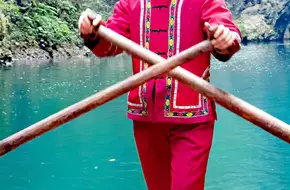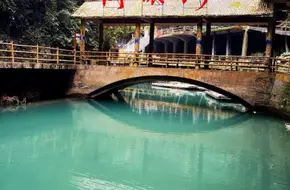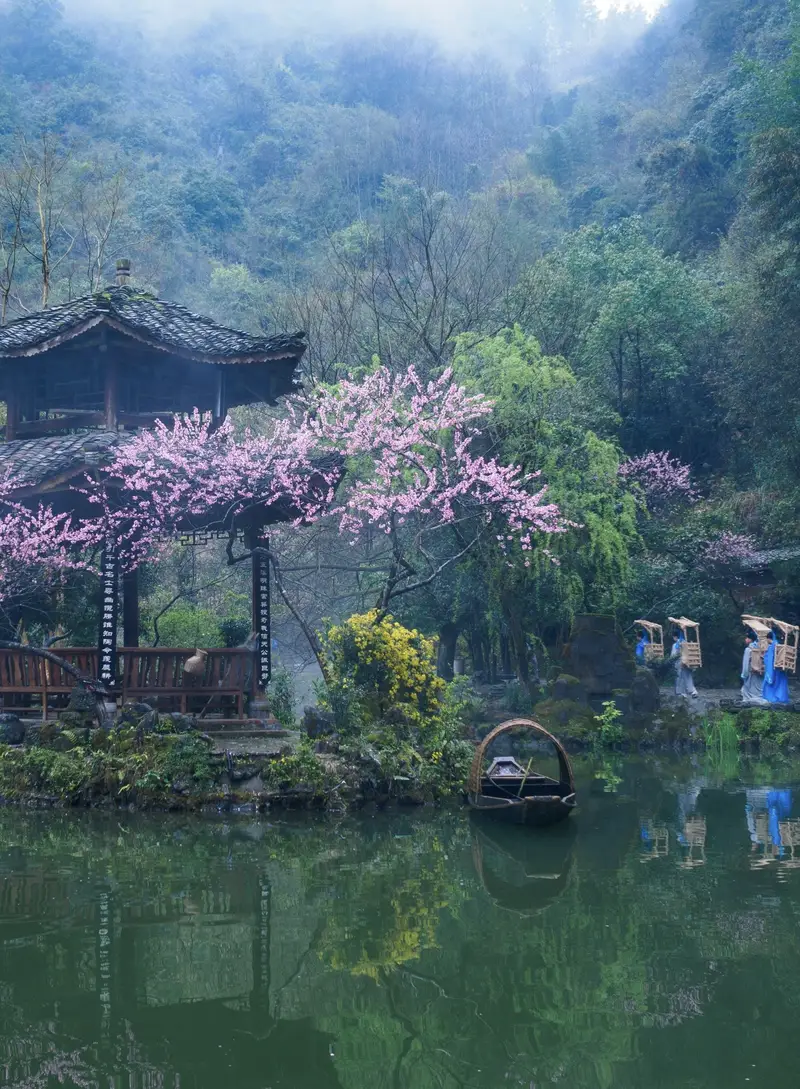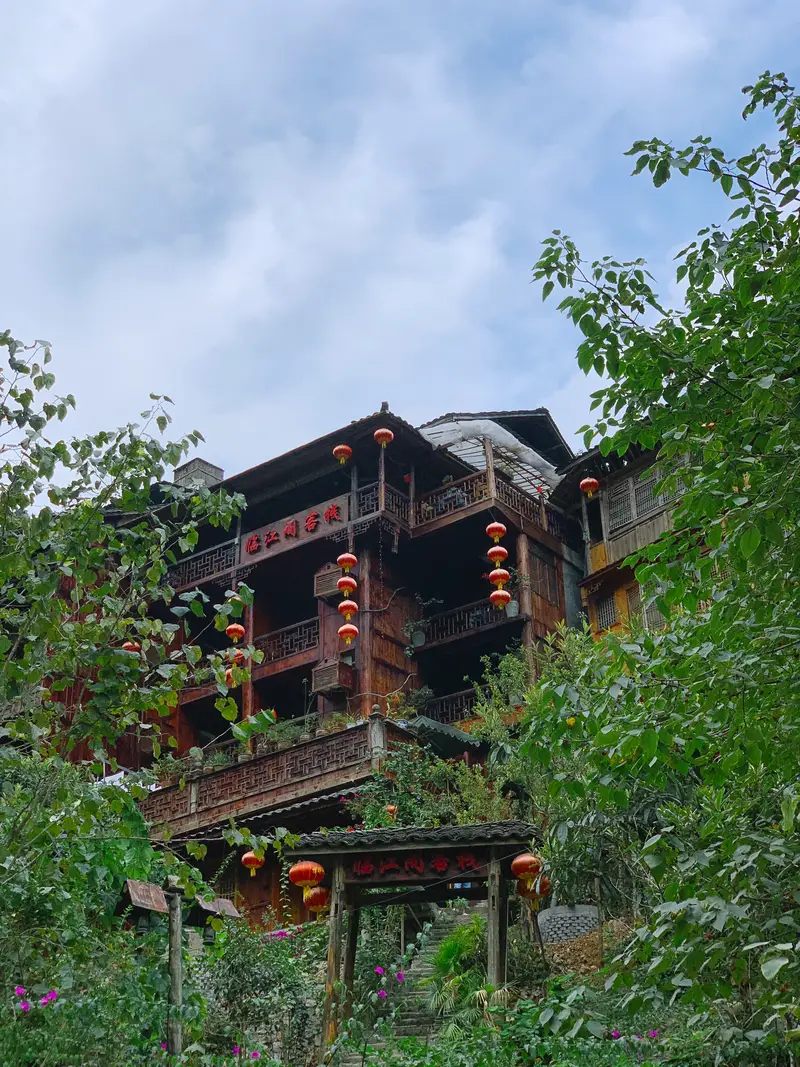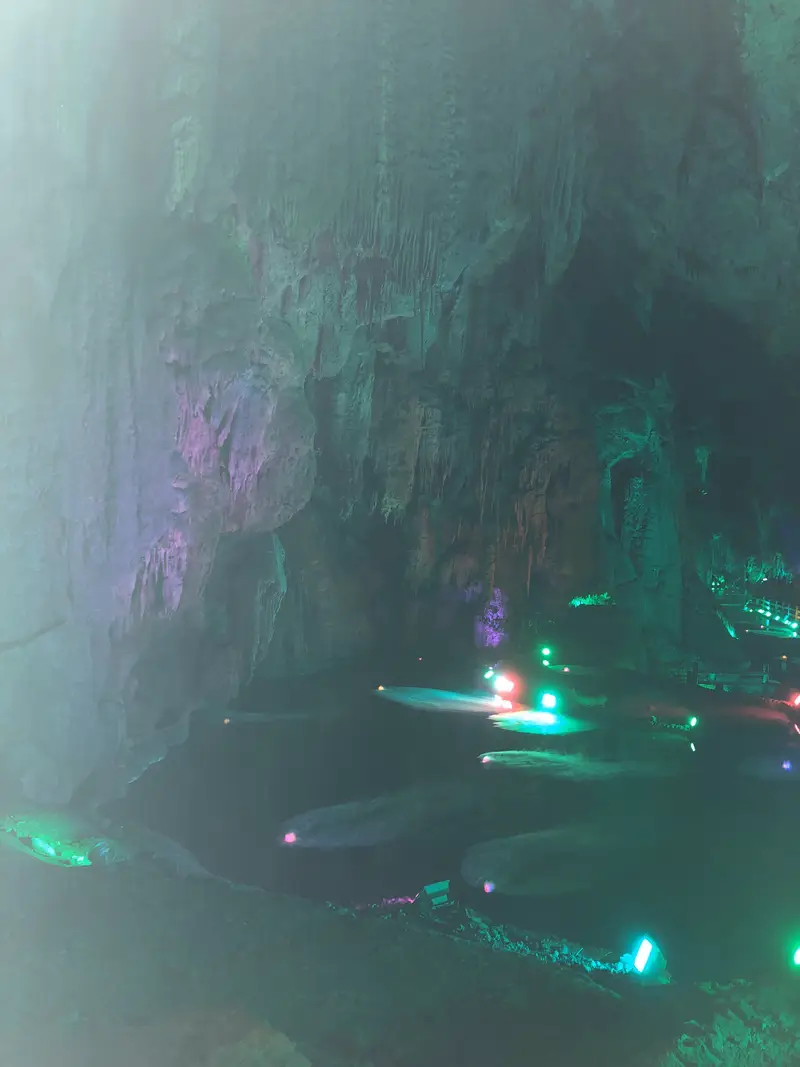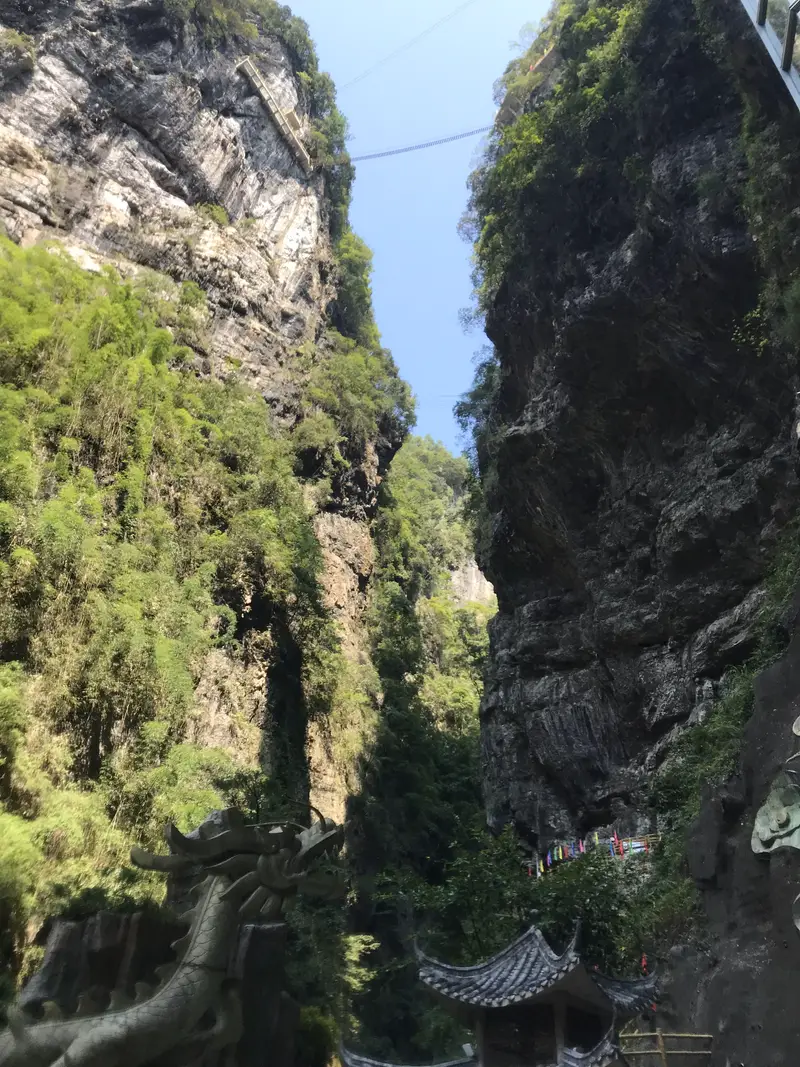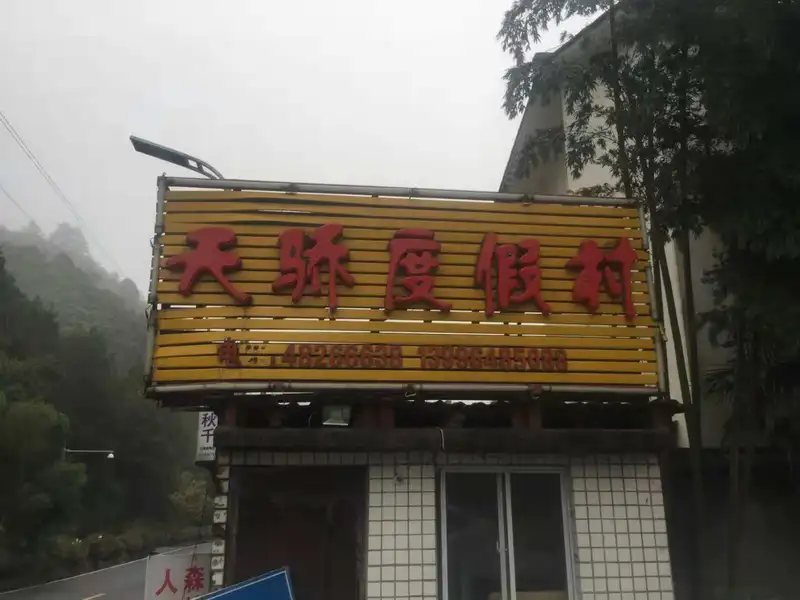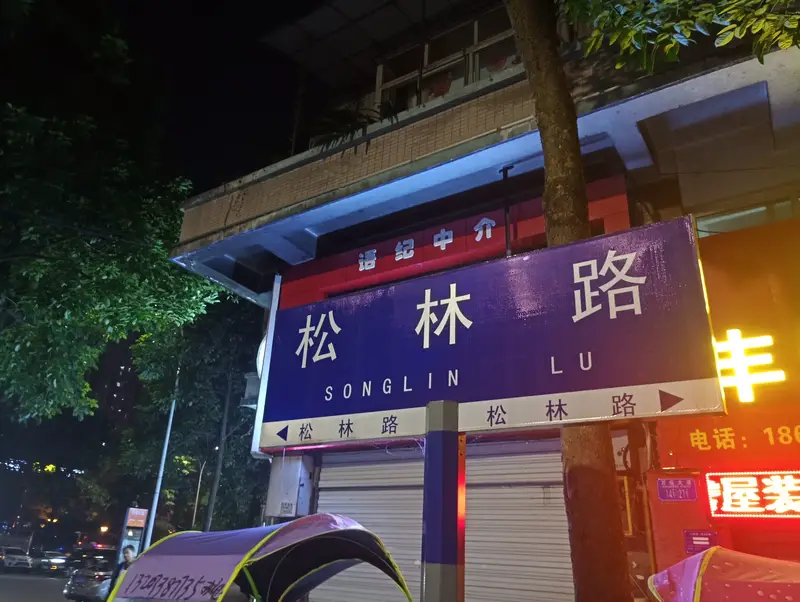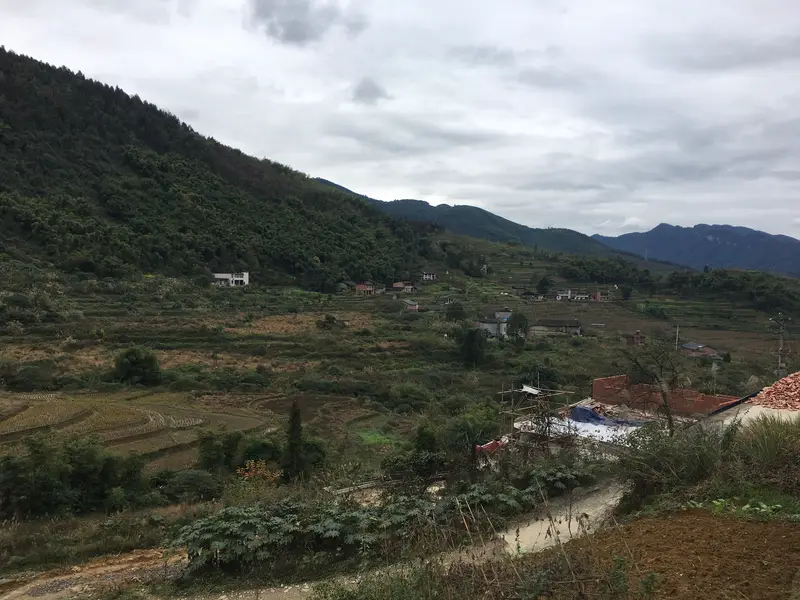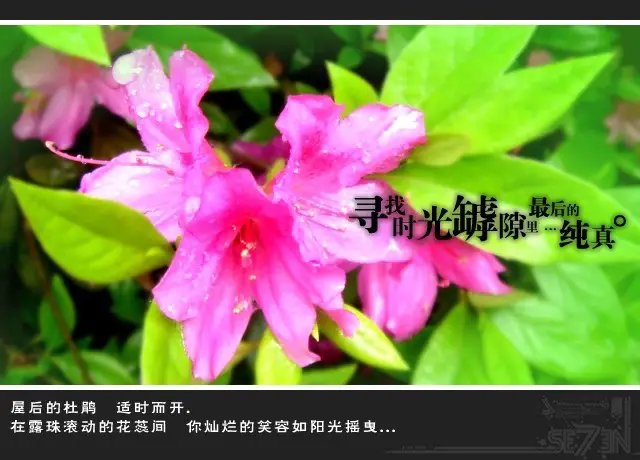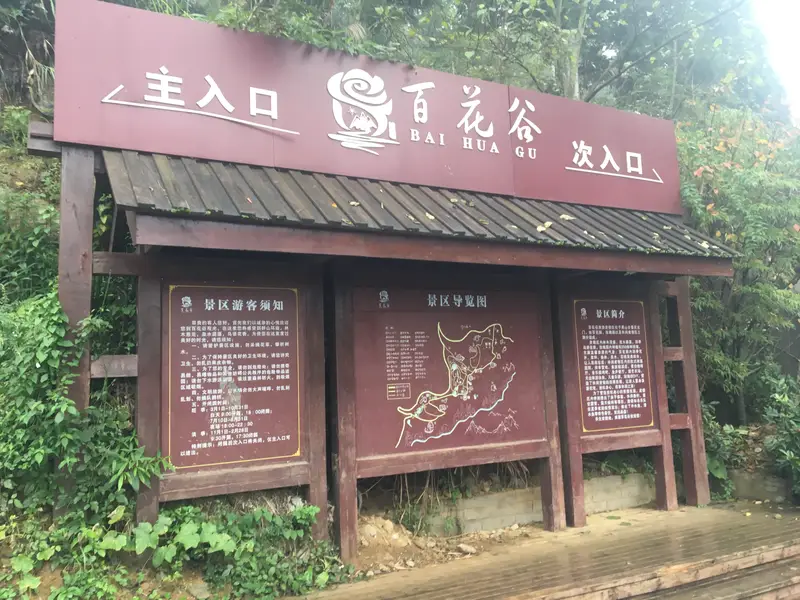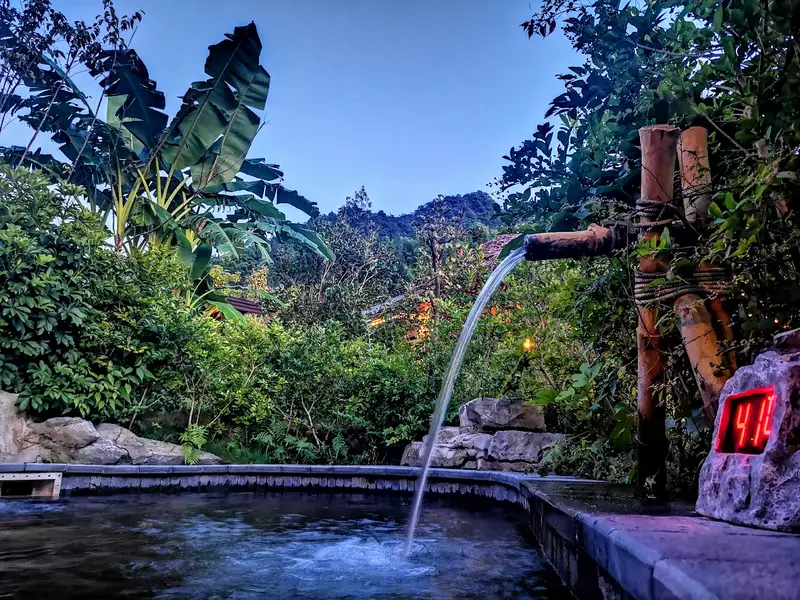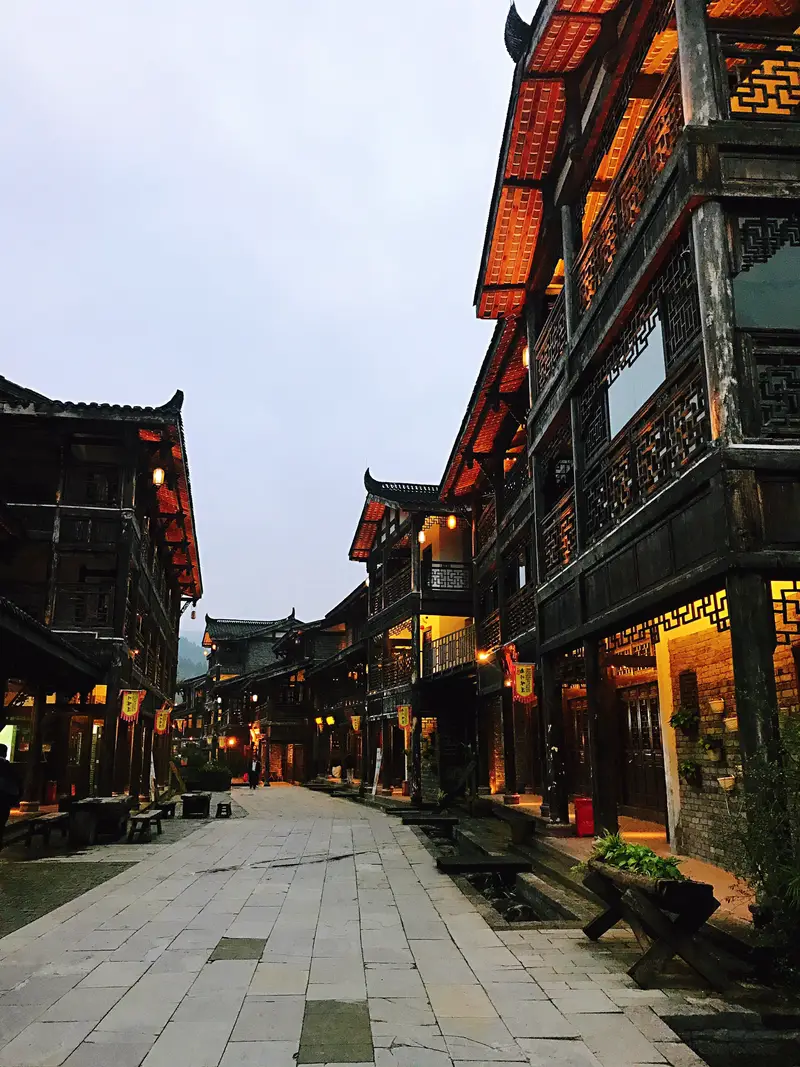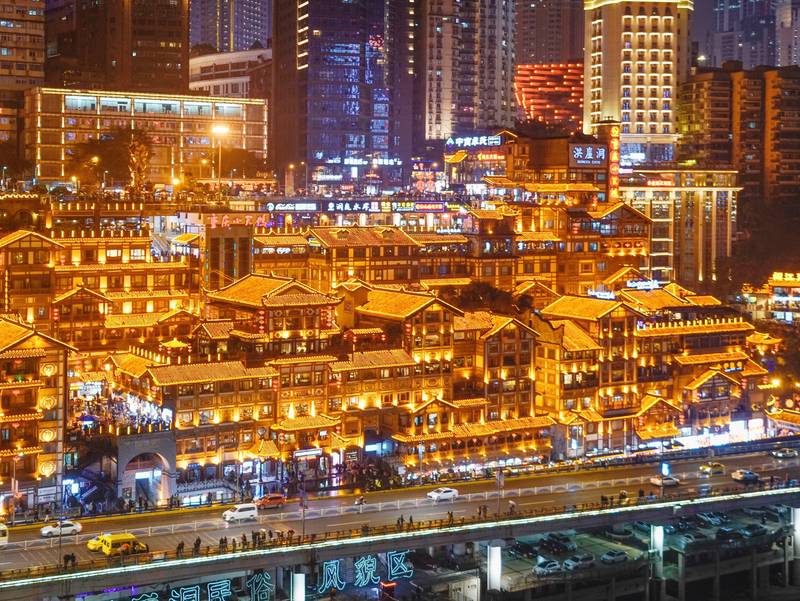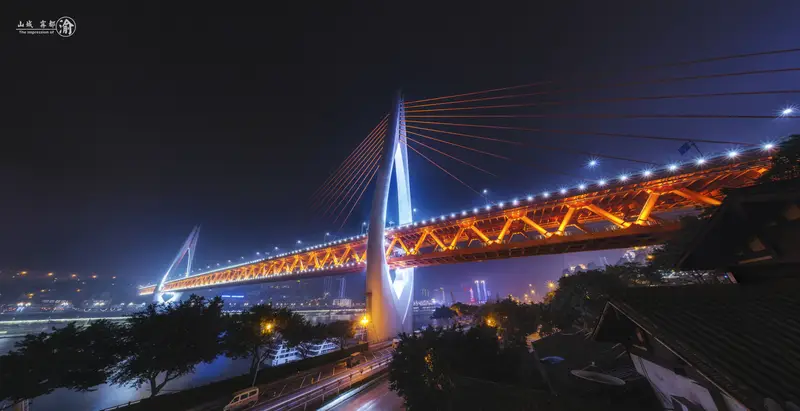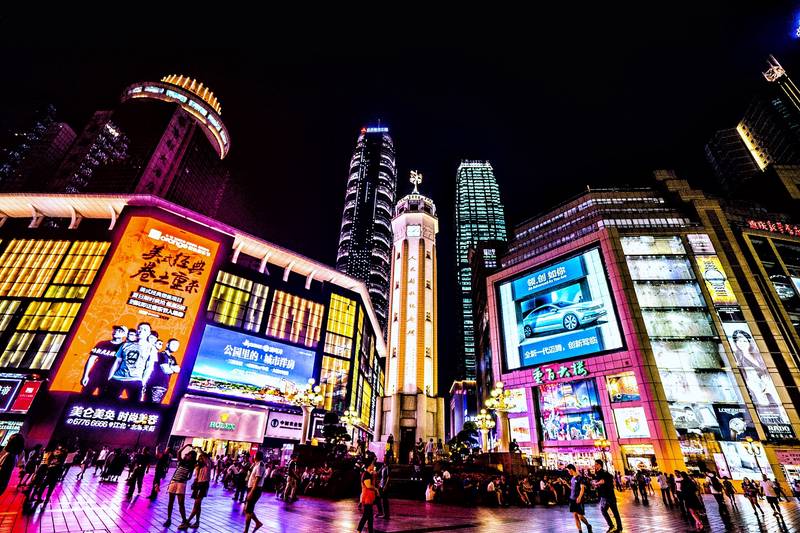Hidden Gem in the Wujiang Valley: Bamboo Raft Singing
Nestled along the winding A'yi River in Chongqing's Pengshui Miao and Tujia Autonomous County, Bamboo Raft Singing offers a glimpse into China's ethnic heartlands. This riverside paradise, part of the stunning Wujiang Gallery, blends towering cliffs, crystal-clear waters, and vibrant Miao and Tujia cultures. Here's why it should be your next adventure:
How to Get There
Bamboo Raft Singing sits in Changqi Ba, a remote yet accessible spot along the A'yi River. From Chongqing city, it’s a 3-hour drive or train ride to Pengshui, followed by a 40-minute taxi or local bus to the riverbank. Many tour groups offer day trips, but DIY travelers can rent bikes in Pengshui for a scenic ride to the docks. The journey itself feels like part of the experience—rolling hills, terraced fields, and occasional glimpses of traditional thatched roofs set the stage.
Nature’s Masterpiece
The A’yi River, where Bamboo Raft Singing thrives, is a ribbon of turquoise winding through limestone cliffs. Imagine floating past jagged rock formations draped in emerald moss, with mist rising from the water on chilly mornings. In spring, cherry blossoms blanket the riverbanks; in summer, dense bamboo groves create cool shade. Locals call this stretch “the gallery of nature,” and rightly so—every bend reveals a postcard-worthy view. Keep an eye out for monkeys swinging in the trees and flocks of white egrets diving into the river!
Culture on the River
What makes Bamboo Raft Singing unique? The Miao and Tujia communities here have turned river life into art. As you glide on a bamboo raft (often steered by a local guide), expect spontaneous bursts of song from riverside villagers. These aren’t performances—they’re friendly greetings! Miao women in vivid indigo skirts might wave from their rice paddies, while Tujia men in straw hats could join your raft to share stories. During festivals, the river buzzes with dragon boat races and echoing chants. Even on quiet days, the sound of a distant flute or the rhythm of pounding rice cakes fills the air.
What to Expect on a Visit
A day at Bamboo Raft Singing starts with a short boat ride to the rafting docks. Life jackets and waterproof bags are provided, but wear shoes you don’t mind getting wet! The rafts, carved from single bamboo logs, seat up to six people. Your guide might teach you a Miao toast song (“Bāng gāng yǒu o”—roughly “drink and be happy”) or let you try steering the raft. Midway, stop at a riverside stall for grilled riverfish skewers brushed with chili sauce—trust me, it’s worth it.
For adrenaline junkies, ask about the rapids section (marked as “Moderate Adventure”). For a calmer vibe, opt for the sunset route, where the cliffs glow gold and fireflies emerge after dusk.
Tips for Your Trip
- Best Time: Late April to October, when the rain feeds the river and the weather is mild.
- Dress Code: Light layers, swimwear, and sunscreen. Muddy banks mean flip-flops aren’t ideal.
- Souvenirs: Buy handwoven Miao scarves or Tujia silver jewelry from vendors along the path. Prices are fair if you smile and haggle gently.
- Eco-Friendly Note: Bring a reusable water bottle—the riverside stalls have free refill stations.
Why You’ll Love It
Bamboo Raft Singing isn’t just a sightseeing spot; it’s a chance to connect with China’s ethnic soul. Whether you’re paddling past waterfalls, sharing laughs with riverside kids, or simply soaking in the mountain silence, this hidden corner of the Wujiang Valley will stay etched in your memory. Pack your sense of adventure—and maybe a waterproof camera—and get ready for a day of pure, unfiltered magic.
(Psst: Tag #BambooRaftSinging on social media for a chance to be featured in local tourism boards!)


